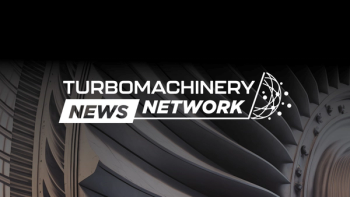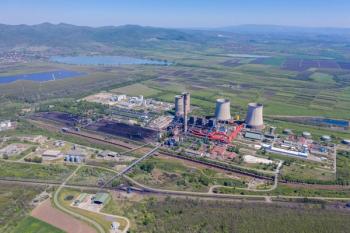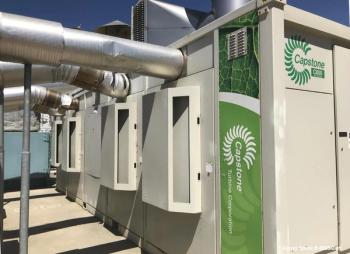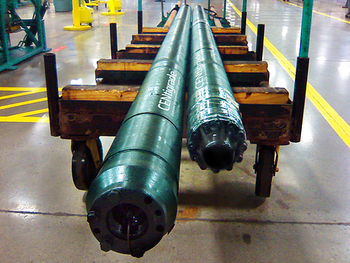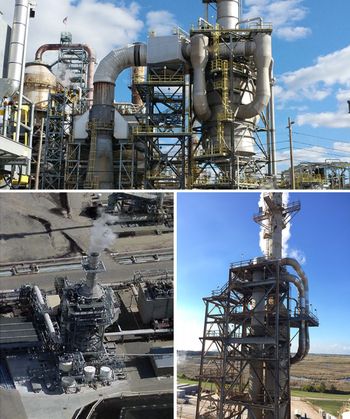
STEP Demo: sCO₂ Turbine Achieves 4 MWe Net Output in Simple Cycle
Jeff Moore of SwRI and the STEP Demo team reports 4 MWe net power from 10 MWe sCO₂ turbine; testing confirms low vibration, stable bearings, and scale-up potential.
At Turbo Expo 2025, Jeff Moore, Ph.D., Institute Engineer at Southwest Research Institute (SwRI), presented the paper, STEP 10 MWe sCO₂ Turbine Simple Cycle Testing, co-authored with John Klaerner and Jonathan Wade (SwRI), and Jason Mortzheim and Sylvain Pierre (GE Vernova Advanced Research). The session detailed mechanical and performance results from a 10 MWe supercritical CO₂ turbine for the Supercritical Transformational Electric Power (STEP) demo plant at SwRI in San Antonio, Texas.
The $169 million project, sponsored by the U.S. Department of Energy and led by GTI Energy in partnership with SwRI and GE Vernova, aims to validate sCO₂ turbomachinery in simple and recompression Brayton cycle (RCBC) modes. The plant was commissioned in late 2024 for simple-cycle testing.
Initial tests at 500°C turbine inlet temperatures produced over 8 MW of gross shaft power and nearly 4 MWe of net output. Moore shared mechanical performance data—including vibration, bearing temperatures, thrust balance, and parasitic losses—highlighting stable turbine behavior, efficient power delivery, and key design takeaways to guide the transition to higher-temperature RCBC operation.
From the mechanical test data on vibration and bearing temperatures, what critical insights were gained regarding turbine stability and longevity, and how do these inform future designs?
Moore: We published a paper at the ASME Turbo Expo showing some of the mechanical performance data, including vibration, bearing temperature, thrust balance, and we're pleased with how the turbine behaved. Vibration levels were low, no special balancing was needed, and bearing temperatures stayed within specifications. This success will inform future designs.
As you transition to the RCBC configuration, what are the primary technical challenges and opportunities for the turbine's performance and integration with the added components?
Moore: As detailed in our paper, we've achieved simple-cycle conditions at 500°C. The RCBC involves adding an extra compressor, called the bypass compressor, and an additional heat exchanger for process recuperation. These components are being piped in now. We need to install additional instrumentation and electrical wiring. Our goal is to be operational and testing these components by fall 2025. One challenge is increasing the turbine inlet temperature from 500°C to 715°C, which introduces new thermal management issues, particularly managing the overall system to address creep and low-cycle fatigue. However, we're leveraging all the experience gained from our simple cycle testing, so we expect it to go well.
Considering the 4 MWe net output in simple cycle, what were the major parasitic losses observed, and how will these be addressed to reach the 10 MWe net and 50% efficiency goals in RCBC?
Moore: Our paper discusses parasitic losses, which are present in every turbomachinery train. Ours include losses in bearings, gearboxes, and electrical components. sCO2, being a high-density fluid, results in slightly higher parasitic losses due to windage inside equipment and in dry gas seals, for example. We're working to quantify these losses. The good news is, these losses won't increase as we scale up temperature and power output; most parasitic losses will remain fixed, making their percentage of total net power smaller.
Newsletter
Power your knowledge with the latest in turbine technology, engineering advances, and energy solutions—subscribe to Turbomachinery International today.

